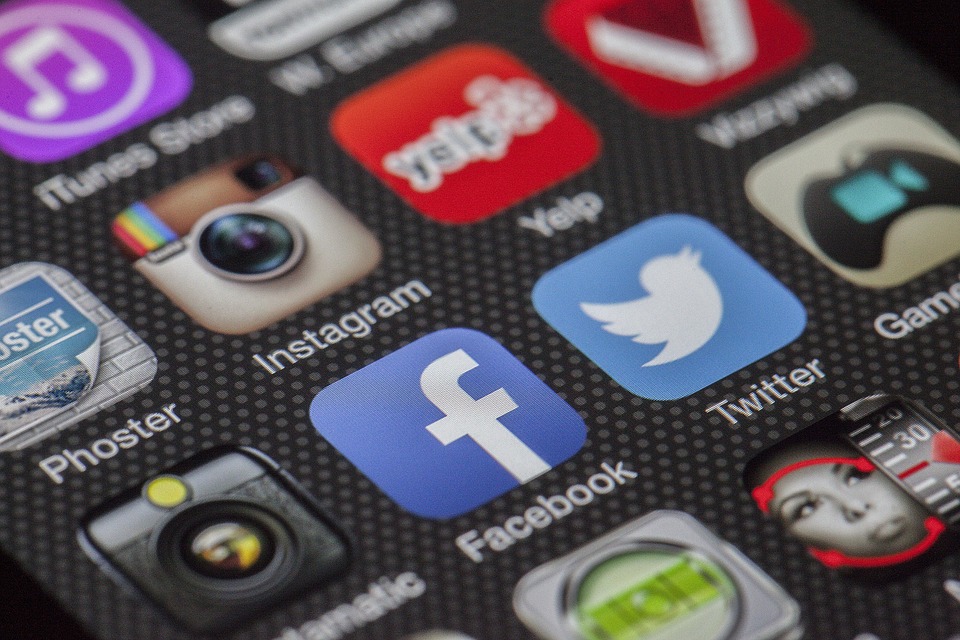Could social media be realising its true calling as the ultimate customer service channel?
By MediaStreet Staff Writers
According to a new study released today, overall satisfaction is highest when customers ask questions or make requests via social media.
The study was conducted by J.D. Power, surveying people who were customers of mobile network operators. Said Peter Cunningham at J.D. Power, “Personalised feedback, rapid-fire response time and interaction with live humans are some of the primary factors driving the highest levels of customer satisfaction with customer service. And, increasingly, customers appear to be finding that formula through alternative channels such as social media. That doesn’t mean call centres and brick-and-mortar stores are no longer relevant; in fact, personalised assistance via phone, app and face-to-face are still critical to customer satisfaction.”
Following are key findings of the 2018 studies:
• Social channels will become front line for customer service
Among customers who ask a question or make a request, overall satisfaction is highest in the social media channel (838 on a 1,000-point scale) and the app channel (835). By contrast, overall satisfaction scores average just 797 among customers who handle these requests on the phone with a representative.
• The human touch still matters
Satisfaction tends to be much higher when customers use a channel that provides personalised feedback. For example, assisted care satisfaction is 26 points higher than unassisted care satisfaction (819 vs. 793, respectively), and satisfaction is 824 among customers who ask their question in the store channel vs. 797 among those who speak with a rep over the phone. Additionally, among customers who ask a question or make a request through their carrier’s app, overall satisfaction is 845 when they think they are interacting with an actual person vs. 800 when they think the system is automated.
• Video plays a key role
The channels with the highest first-contact resolution incidences are online videos (92%) and mobile app to research information (90%). Among customers who view an online video from their service provider, 34% say they “definitely will not” switch to a new carrier in the next 12 months vs. 21% among those who use the phone automated response system.
• Not-so-immediate gratification via email
While social, app-based and face-to-face customer support are prized by consumers for their personalised, rapid response, the average customer service response time via email is 32 hours.
Could Social Media Be The Ultimate Customer Service Channel? Soon, perhaps, it may be the ONLY service channel.





















